Rising Energy Costs
The increasing costs of traditional energy sources are driving interest in the small wind-power market. As fossil fuel prices fluctuate, consumers and businesses are seeking alternative energy solutions to mitigate expenses. In North America, the average retail price of electricity has risen by approximately 15% over the past five years, prompting a shift towards renewable energy sources. This trend suggests that small wind-power systems, which can provide significant savings on energy bills, are becoming more attractive. The small wind-power market is likely to benefit from this economic pressure, as more individuals and organizations look to invest in sustainable energy solutions that offer long-term financial benefits.
Environmental Concerns
Growing awareness of environmental issues is influencing the small wind-power market. As climate change and pollution become pressing global challenges, consumers and businesses are increasingly seeking sustainable energy solutions. In North America, public sentiment is shifting towards renewable energy sources, with surveys indicating that over 70% of individuals support the transition to cleaner energy. This heightened environmental consciousness is likely to drive demand for small wind-power systems, as they offer a clean alternative to fossil fuels. The small wind-power market stands to gain from this trend, as more stakeholders prioritize sustainability in their energy choices.
Technological Innovations
Technological advancements in wind turbine design and efficiency are propelling the small wind-power market forward. Innovations such as improved blade designs, enhanced materials, and advanced control systems have led to more efficient and reliable small wind turbines. In North America, the average capacity of small wind turbines has increased, with many models now capable of generating up to 10 kW. This progress indicates that the small wind-power market is evolving, making it a more viable option for energy generation in residential and commercial settings. As technology continues to advance, the potential for increased energy production and reduced costs may further stimulate market growth.
Incentives and Tax Benefits
Government incentives and tax benefits play a crucial role in promoting the small wind-power market. In North America, various federal and state programs offer financial support for renewable energy projects, including grants, rebates, and tax credits. For instance, the Federal Investment Tax Credit (ITC) allows for a 26% tax credit on the cost of small wind systems. Such financial incentives can significantly reduce the initial investment required for small wind installations, making them more accessible to homeowners and small businesses. The small wind-power market is likely to see increased adoption as these incentives continue to encourage investment in renewable energy technologies.
Decentralized Energy Generation
The trend towards decentralized energy generation is reshaping the small wind-power market. As energy consumers seek greater control over their energy sources, small wind systems provide an attractive solution. In North America, the rise of microgrids and community energy projects reflects this shift, allowing individuals and communities to generate their own power. This decentralization is particularly appealing in rural areas where access to traditional energy infrastructure may be limited. The small wind-power market is likely to thrive as more consumers recognize the benefits of localized energy production, leading to increased installations of small wind systems.


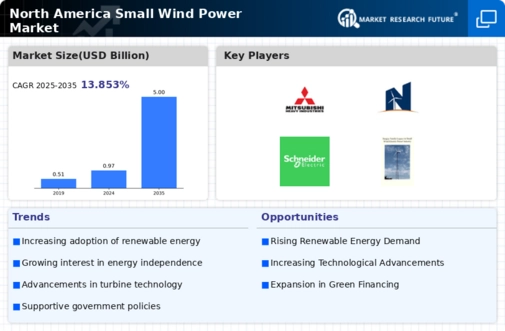
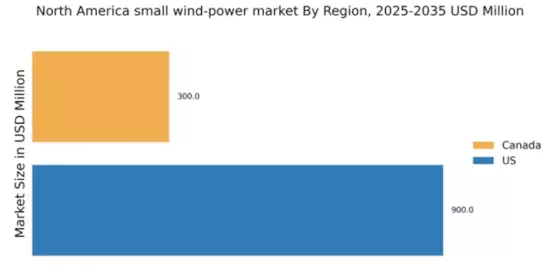


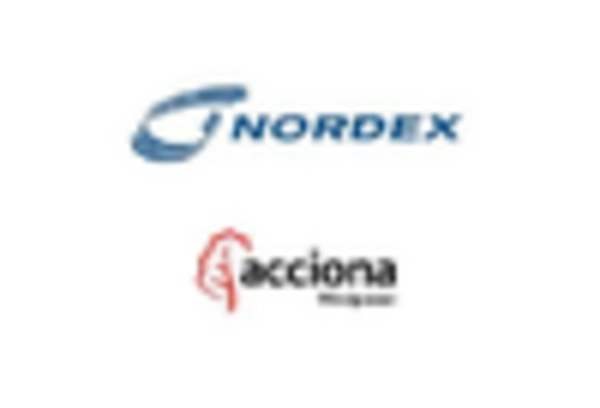

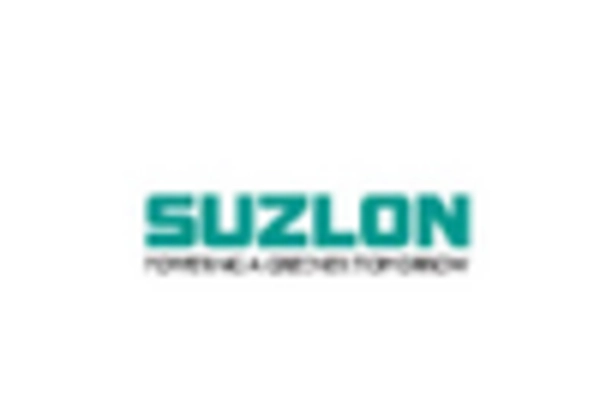
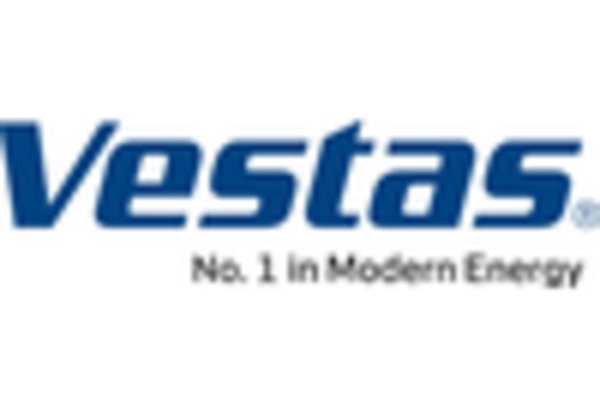








Leave a Comment